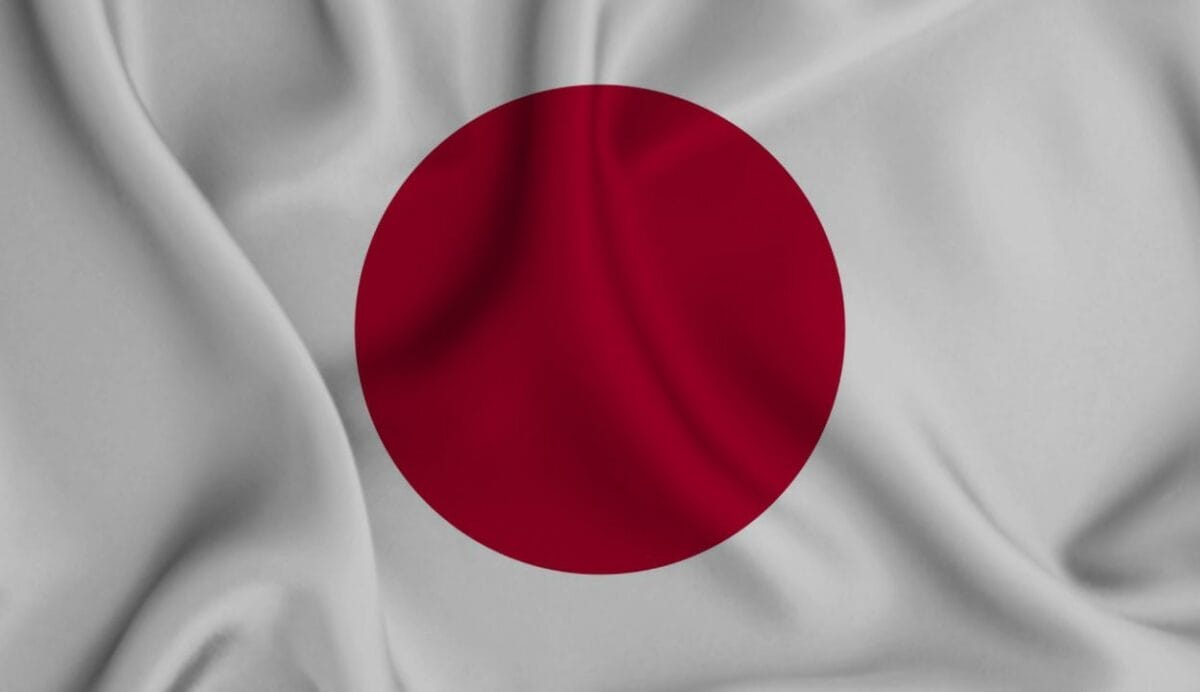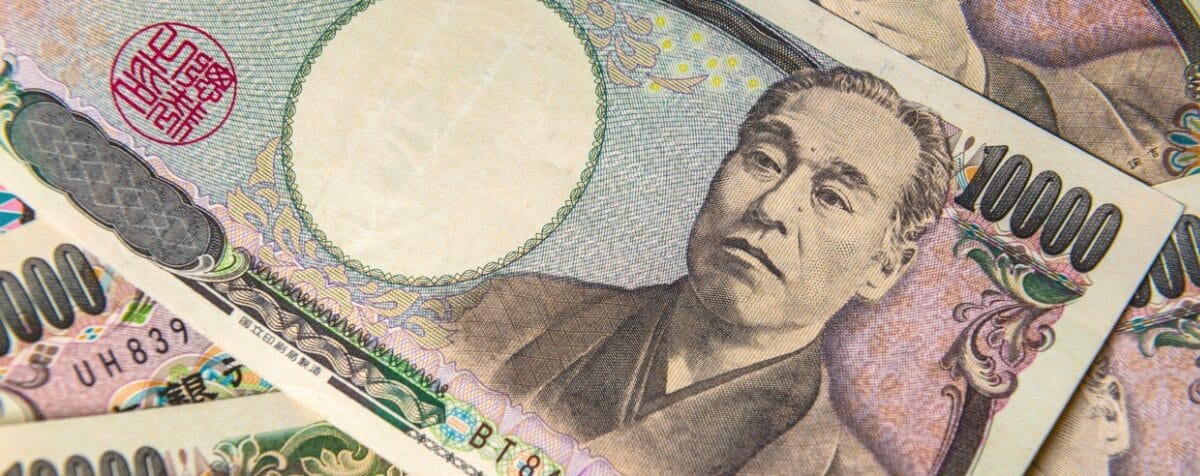Japanese Prime Minister Fumio Kishida’s ambitious strategy to reinvigorate the country’s $5 trillion asset management industry encounters a cool response from domestic corporate pension funds. Stakeholders express reluctance, citing uncertainties and a perceived lack of instant benefits as government panels form to craft the reform plans.
Kishida outlined in September the government’s commitment to mobilizing about 2,000 trillion yen of household assets into investments, addressing the prevalent issue of nearly half of these assets lying idle in cash or bank deposits. According to a report by the Bank of Japan in August, households kept an average 54.2 percent of their assets in cash and deposits, compared with 12.6 percent in the U.S. and 35.5 percent in the Eurozone.
Kishida is not entirely focused on encouraging investment but also seeks to elevate the industry’s standards. He emphasizes the importance of asset managers and owners to enhance their skills and governance structures. As part of this initiative, Kishida plans to establish principles by the summer of 2024, defining the roles of pension funds and insurers in ensuring appropriate returns for beneficiaries. Transparency, especially from company pension funds, will be a key requirement in this endeavor. To pursue these objectives, the government has formed panels to promote reforms that are scheduled to present a comprehensive policy plan by the end of the year.
Katsuyuki Tokushima, the head of pension research and ESG development at NLI Research Institute said that while the Kishida administration’s effort to initiate reform and advocate for increased sophistication in the industry is commendable, stakeholders in the corporate pension fund industry have shown limited enthusiasm so far.
“The government is saying the right thing and the pension fund and asset management industries understand the importance of implementing reforms, but there is no urgency among them as they can’t see a clear benefit,” Tokushima said. “They are closely watching what kind of reforms would the government panel come up with in December before taking any action.”
The domestic corporate pension industry, facing challenging market conditions due to the rises in global interest rates and evolving geopolitical situations, may not believe in immediate benefits from government-led reform actions. Their primary focus lies in navigating these difficult conditions to enhance investment returns. Any potential reform measures imposed by the government could mean more administrative challenges for corporate pension funds already grappling with workforce shortages and the need for qualified employees with profound knowledge of financial markets.
NRI’s Tokushima said the Kishida government may be seeking the success achieved during Prime Minister Shinzo Abe’s administration, particularly with the Government Pension Investment Fund (GPIF). Under Abenomics, the GPIF successfully revamped its asset allocation strategy by significantly increasing investments in equities. The fund also adopted a stewardship code, reinforcing its commitment as a long-term investor. Notably, these series of reforms enabled the GPIF to attract top-tier investment professionals from prestigious financial institutions globally, including the current Chief Investment Officer Eiji Ueda, formally a director at Goldman Sachs in Japan.
“Back then there was Abenomics, but I don’t think corporate pension funds see much benefit from the reforms which the Kishida administration is trying to implement,” Tokushima said, adding that there are questions about the leadership of this administration, especially considering Kishida’s support rate recently has hit new lows in three of Japan’s biggest newspapers – the Yomiuri, Asahi and Mainichi.
The domestic retirement allowance benefit reserve fund had 492 trillion yen in reserve in 2021, of which 55 percent, or 271 trillion yen, was reserved for public pensions, and corporate pension funds accounted for only 14 percent, or 70 trillion yen, according to a report issued by the Pension Fund Association in September. In addition, there are various entities that are asset owners, including life insurance companies, non-life insurance companies, university funds, school corporations, and various foundations that bring the overall asset to more than 800 trillion yen.
“Corporate pension funds have been in the spotlight for a long time, but they don’t have the presence that many people expect,” a participant who spoke on anonymity representing an organization of asset owners. “We will continue to consider this challenge, and we will proactively work on what we can do. I hope you will understand the actual situation of corporate pension plans and that we can have a balanced discussion based on correct facts.”


